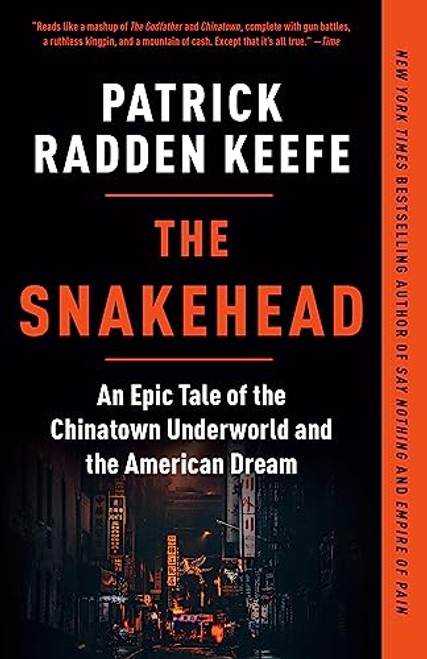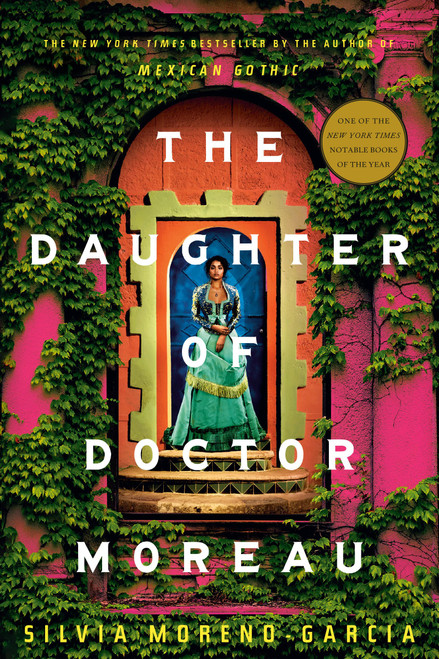Gustave Moreau (1826-1898) was one of the most influential and idiosyncratic painters of the nineteenth century. He developed a reputation as an artistic hermit, committed to a highly personal vision of painting that combined myth, mysticism, history, and a fascination with the bizarre and exotic. Yet Moreau was also a prominent public figure in the Paris art world, winning praise for exhibits at the Salon, becoming a respected teacher at the Ecole des Beaux-Arts, and exerting a powerful influence on Henri Matisse, Georges Rouault, and the schools of Symbolism and Surrealism. This book, published to coincide with a spectacular international exhibition that marks the centenary of Moreau's death, presents a wide range of the artist's most famous and beautiful works along with penetrating essays and catalogue entries that explain his unique achievements in all their intellectual complexity and visual richness.
The volume reproduces and describes in detail more than 200 of Moreau's works, ranging from such well-known paintings as Orpheus and The Apparition (one of his many treatments of Salome and the beheaded John the Baptist) to lesser known but revealing watercolors, drawings, and sculptures. Two particularly important paintings--Oedipus and the Sphinx and Hercules and the Lernaean Hydra--are the focus of longer descriptions that cast light on Moreau's working methods. Genevive Lacambre, Director of the Muse Gustave Moreau in Paris, introduces the volume and contributes an essay about Moreau's passionate interest in the exoticism of other cultures, particularly those of Persia and India. Marie-Laure de Contenson describes the artist's powerful attraction to medieval art and aesthetics. Larry Feinberg shows that Moreau was deeply influenced by the Italian Renaissance and, in particular, Leonardo and Michelangelo. Douglas Druick writes about Moreau's evocative symbolic language, which drew on unique reinterpretations of mythical figures and events to convey the artist's anxieties about the immorality and materialism of his age.
This is a powerfully written and visually stunning record of the creativity and exquisite craftsmanship of Moreau's distinctive contributions to nineteenth-century art.











